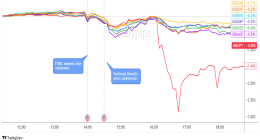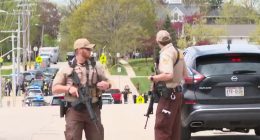Ordinary leaseholders must not be expected to pay the price for decades of failed housing regulation
It is not known exactly how many people live in buildings in the UK that are unsafe due to either the type of cladding fitted to their outsides, or other fire-safety breaches, such as poorly fitted insulation, which have come to light since the Grenfell Tower fire of June 2017. Based on figures from the New Build Database, an online resource created for homeowners, Labour says that the total number of households affected by the cladding scandal, to varying extents, could be greater than four million. What is certain is that many thousands of people are currently trapped in homes that are officially deemed so unsafe as to require a “waking watch”, or 24-hour security.
In Grenfell’s aftermath, the government identified 460 high-rise or publicly owned blocks with aluminium composite material panels that required removal. Given the time that has elapsed, it is appalling that on around half of these buildings, remediation work is yet to begin. MPs on the public accounts committee estimate that another 1,700 buildings, including an unknown number of care homes, may also be covered in unsafe cladding. Where there is uncertainty, people may be penalised because mortgage lenders or insurers err on the side of caution, meaning that homeowners are unable to borrow, or their premiums and service charges have risen.




